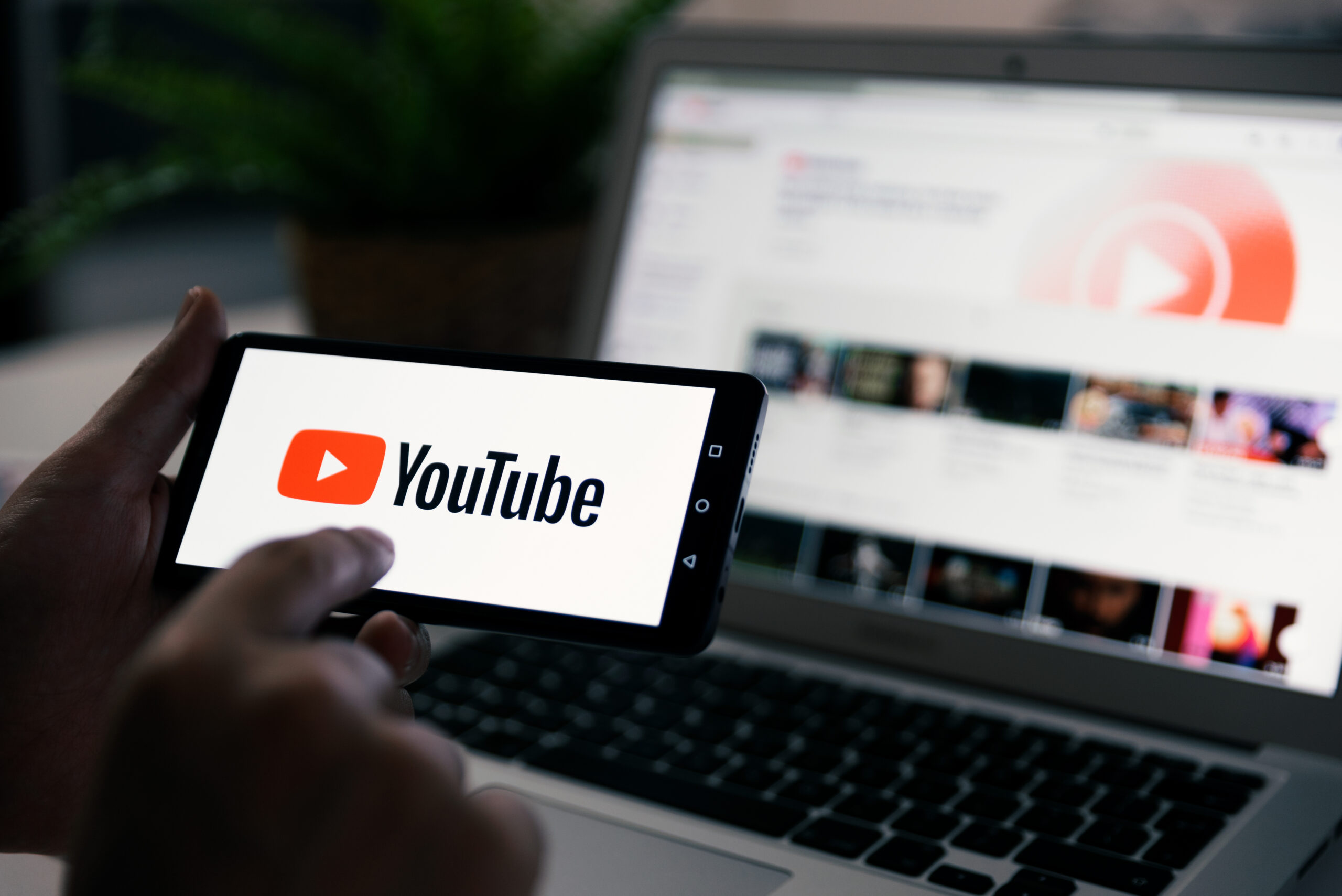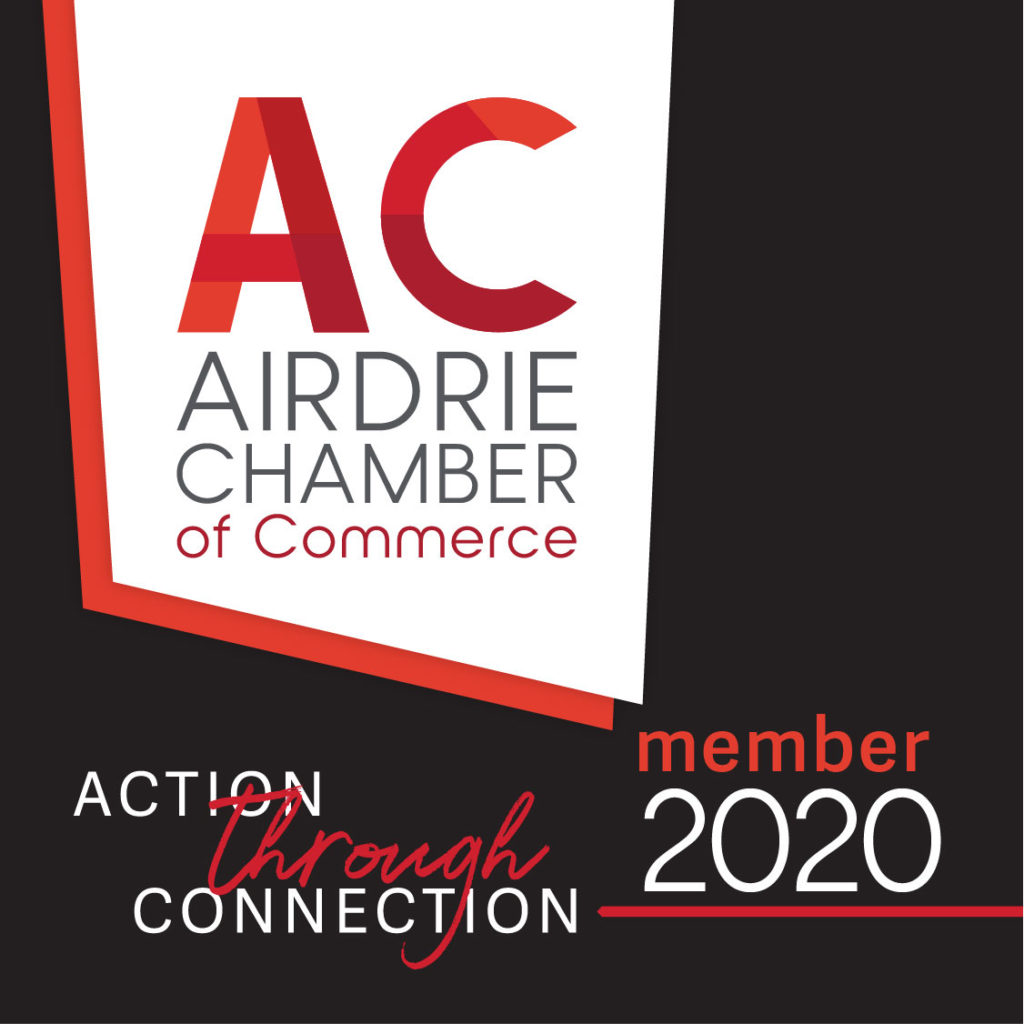Maintaining a Robust Link Profile
Maintaining a robust link profile is crucial for the overall efficacy and prosperity of a website. The significance of backlinks in relation to search engine outcomes cannot be overstated.
However, it is crucial to note that the presence of low-quality or spammy links may result in punitive measures.
These penalties have the potential to lead to a decline in rankings or, in severe cases, the complete removal of a website from search engine result pages. One strategy to prevent such a predicament is to regularly assess your link profile and disavow any links that are detrimental or unrelated.
Enhancing the visibility and credibility of a website can be achieved through the establishment of backlinks originating from reputable sites that possess both high quality and relevance.
It is crucial to consistently bear in mind that the primary factor for achieving sustained success in Calgary website design. Search lies in maintaining a strong and healthy link profile.
Strategies for Avoiding Penalties Associated with Backlinks Conduct a comprehensive analysis of the links. Regularly doing a link audit is crucial to mitigate the risk of incurring penalties associated with backlinks. In order to achieve this objective, a comprehensive examination and assessment of all inbound links directed towards your website will be necessary.

Conduct a thorough investigation to identify any links that exhibit characteristics of spam or low quality, as they have the potential to adversely impact the credibility and standing of your website.
The elimination of these hyperlinks can be achieved through two methods: employing the Google Disavow tool or establishing communication with the proprietors of the respective websites.
Furthermore, it is advisable to conduct an investigation into the anchor text employed in your backlinks to ensure that it exhibits a natural and diverse appearance. Enhancing the search engine results of your website can be achieved through the implementation of a thorough link audit, which concurrently aids in the maintenance of a robust link profile.
The process of discerning backlinks that possess substandard quality or exhibit detrimental characteristics. In order to avoid incurring penalties, it is imperative to ascertain the presence of low-quality or potentially harmful backlinks.
Please do an examination of hyperlinks that originate from websites that are associated with spam, sources that are not pertinent to the topic, and link networks. It is advisable to remain vigilant for anchor words that have been excessively optimized and for link patterns that lack naturalness.
Eliminating Detrimental Backlinks
This analysis encompasses not only the content and relevance of the linked webpage, but also the credibility and reliability of the hosting website.
In order to identify issues, it is advisable to utilize diagnostic tools such as Google Search Console and programs designed for backlink analysis. The prompt highlights the significance of promptly disavowing or eliminating detrimental backlinks to protect the ranking and reputation of a website. Absolving or Discrediting Accountability for Adverse Backlinks.
In order to mitigate the risk of incurring backlink penalties, it is imperative to either eliminate or disassociate oneself from problematic backlinks. After identifying the specific website, it is advisable to initiate communication with the website owner and formally request the removal of the link.
In the event that one’s endeavours prove to be futile, it is possible to disassociate oneself from the hyperlink by employing the option offered by Google. When utilizing this software, it is imperative to exercise utmost vigilance since its application should be limited to URLs that are genuinely malevolent.
The maintenance of a robust link profile and the mitigation of penalties can be achieved by regularly analyzing backlinks and actively removing any links that may pose a risk to the website’s reputation.

The concept of a link penalty pertains to a punitive measure imposed by search engines on websites that violate their guidelines regarding the quality and nature of inbound links.
It involves a decrease in the search engine rankings of the penalized website, resulting in reduced visibility and organic traffic. Distinguishing a link penalty from a manual action involves recognizing their dissimilarities in a significant manner.
While a link penalty specifically targets the manipulation or misuse of inbound links, a manual action encompasses a broader range of violations that extend beyond link-related issues. Manual actions can encompass various infractions, such as thin content, keyword stuffing, or cloaking, which are not solely limited to the realm of link building.
A link penalty is a punitive measure imposed by search engines, such as Google, on a website due to the presence of artificial or low-quality inbound links pointing to it. This form of punishment is imposed when a website exhibits a substantial quantity of artificial or low-quality links.
Frequently, individuals tend to categorize these hyperlinks as “negative” or “harmful” links. In contrast, a manual action refers to a specific form of penalty imposed by a human evaluator within the Google platform. The type of penalty being referred to is commonly referred to as a “manual action.”
Google’s Webmaster Guidelines
In instances where a website is found to be non-compliant with Google’s Webmaster Guidelines, which outline the recommended practices and standards for website development and administration, manual actions are frequently implemented.
The aforementioned guidelines are available at this location. Manual actions can be categorized as either site-wide or partial in nature. Both options are viable. A site-wide manual action encompasses all pages inside a website development project and has a comprehensive impact on the entire website as an entity.
Conversely, a partial manual action exclusively impacts specific webpages or designated sections of the website.
One of the primary factors leading to the implementation of a manual action is the presence of spam or manipulative content on the website. This may entail engaging in activities such as excessive keyword usage, implementing cloaking techniques (which involve presenting different content to users and search engines), or concealing hyperlinks.
One frequently encountered cause for the implementation of a manual action is the inclusion of compromised content on the website. The website may contain dangerous software or spam-filled content that has been surreptitiously introduced without the owner’s awareness.
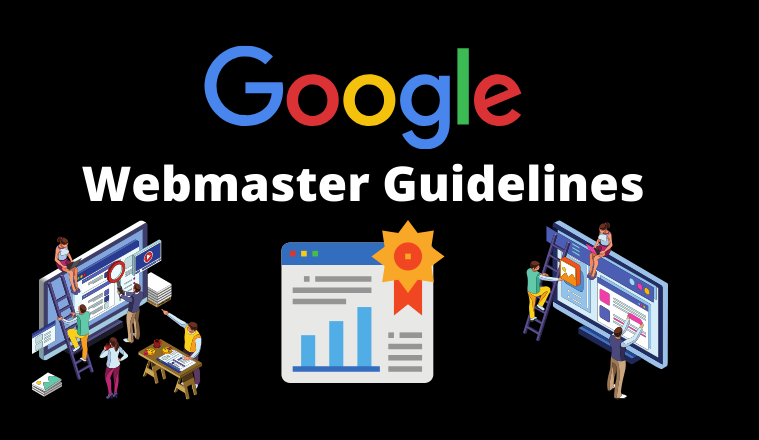
There exist several potential strategies that individuals may employ in order to avoid incurring a link penalty or manual action.
The initial step entails verifying the organic and relevant nature of all links directing to your website. Additionally, it encompasses refraining from employing deceitful tactics like as cloaking or concealed linkages.
Adhering to Google’s Webmaster Guidelines is an additional approach to prevent incurring penalties. This encompasses tasks such as ensuring the mobile-friendliness of your website and optimizing user experience, employing clear and concise titles and descriptions for your webpages, and ensuring ease of navigation and a positive user experience.
Lastly, it is imperative to develop a routine of regularly examining your website for any signs of a link penalty or manual action. This encompasses the practice of monitoring website traffic and search engine rankings, as well as analyzing the Google Search Console for any notifications or warnings pertaining to penalties.
In the event that a penalty or manual action is incurred, it is crucial to promptly fix the matter in order to minimize the potential negative impact on your website.
Detrimental Inbound Links
In essence, a link penalty refers to a detrimental ranking element imposed by search engines on a website due to the presence of fake or low-quality inbound links.
Conversely, a manual action refers to a distinct form of disciplinary measure administered by a human evaluator at Google in response to a breach of the Webmaster Guidelines.
This form of penalty is characterized by a greater degree of severity compared to a typical penalty.
Ensuring the presence of natural and relevant links, adhering to the Webmaster Guidelines, and regularly monitoring one’s website are imperative measures to avoid potential penalties.
Exploring the Veracity of Google’s Impositions on Detrimental Inbound Links. Receiving a manual penalty from Google is commonly attributed to the utilization of unethical search engine optimization (SEO) tactics and the neglect of ensuring a website’s backlink profile adheres to Google’s guidelines, hence lacking a natural composition.
The presence of unnatural outbound and incoming connections is a significant aspect that can potentially lead to a link penalty imposed by Google. Unnatural links are sometimes denoted as “harmful,” “spammy,” or “toxic” links, a terminology employed within the context of Scour Web.
Websites that incorporate both inward and outbound connections may be subject to penalties.
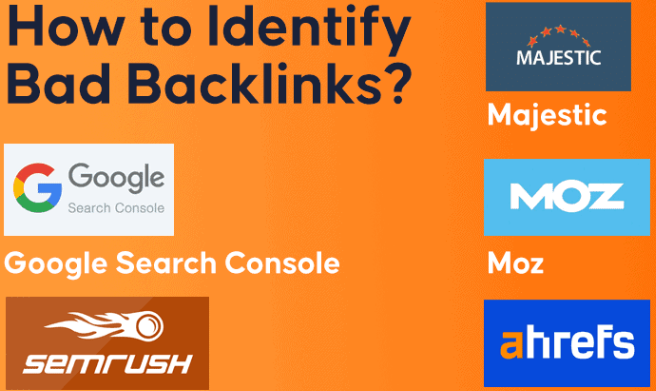
Outbound links refer to hyperlinks present on a website that direct users to external online locations. If an individual includes a hyperlink to another website in a manner that contravenes Google’s standards, which involve generating what Google terms as a “sequence of contrived, misleading, or manipulative inbound links,” there is a possibility of incurring a penalty for the outgoing links. The severity of this penalty can be significant.
This particular mode of disciplinary action poses distinctive issues and warrants dedicated scholarly attention, hence meriting a separate article. Similarly, inbound links refer to hyperlinks present on external websites or pages, hosted on domains distinct from one’s own, which direct traffic to one’s own website.
The collection of hyperlinks that comprise your backlink profile should be regularly monitored as a recommended practice. A unique statistical metric known as the Toxic Score is utilized to assess the quality of each inbound link included inside an individual’s profile.
In a recent research endeavour, the Backlink Audit tool was employed to gather data pertaining to more than 1000backlink profiles of individuals who utilize Scour Web and participate in industry forums.
These individuals’ websites had experienced penalties within the preceding two-year period.
Backlink Audit
These websites were affiliated with Scour Web or actively engaged in industry forums. The subsequent enumeration comprises our objectives:
This study aims to ascertain the causal factors and interconnections that lead to the imposition of punitive measures. In order to assess backlink profiles and identify links that should be classified as detrimental, it is important to thoroughly test the effectiveness and precision of our Backlink Audit system.
Conduct an investigation into multiple strategies aimed at enhancing the tool’s functionality in order to provide the most efficient solution for addressing Google penalties and mitigating their occurrence in subsequent instances.
This paper aims to establish a comprehensive framework for effectively addressing Google penalties and developing a strong backlink profile. The proposed methodology will provide a precise, step-by-step approach to guide individuals in overcoming these challenges.
The thorough identification of all criteria and their various combinations that result in manual penalties due to the presence of “unnatural” links is not readily apparent. Identifying the specific weak regions within a backlink profile becomes a more challenging task for search engine optimization (SEO) experts and website administrators.
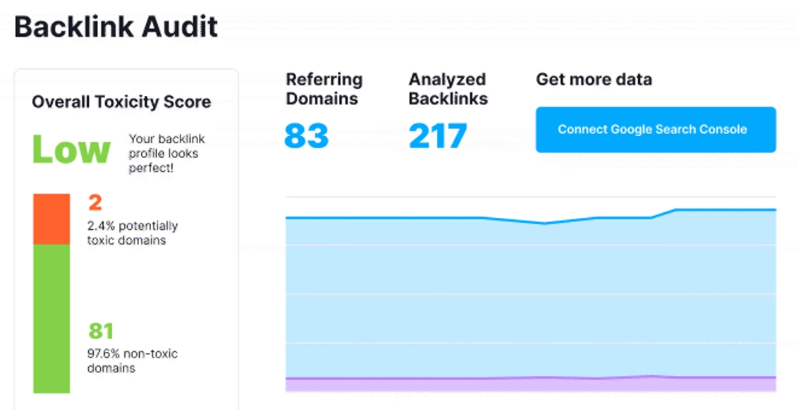
It is imperative to remain cognizant of links that have the potential to cause harm and subsequently lead to sanctions. The service provided by Scour Web involves the continuous monitoring of the backlinks directed towards your website.
Upon entering your domain, the platform will diligently observe these links and promptly alert you of any links that may possess possible risks or harm.
The software will identify signs such as the presence of non-organic anchor text and an excessive quantity of hyperlinks leading to external webpages.
It is imperative to exercise caution and conduct a thorough evaluation of these hyperlinks, as they possess the potential to direct users towards deleterious material.
It can be observed that a subset of the mentioned entities exhibit satisfactory behaviour, while the remaining entities, which do not conform to the expected standards, may incur adverse consequences in the form of link penalties.
It is advisable to prioritize the resolution of the items that are not in satisfactory condition. Is it necessary to perform site audits?
Regularly doing an evaluation of your website’s comprehensive performance, including its search engine optimization (SEO), is highly advisable. If the decision has been made to utilize Monitor Backlinks, it is advantageous to note that the responsibility of conducting audits will not fall onto the user.
Employ Technology
Due to the comprehensive services provided by Scour Web, there is no need for users to engage in the laborious process of conducting routine site audits or SEO audits.
The feature provides users with a contemporaneous depiction of their website, which is conveniently shown within the account’s dashboard overview.
Employ technology that enables the monitoring of links. Individuals with an inclination towards search engine optimization would benefit from utilizing a link monitoring tool, such as Scour Web, to vigilantly observe the status of their backlink profile. Maximize the utilization of your link-monitoring instrument to its maximum capacity.
Scour Web conducts an active scan of the link profile, streamlining the task of evaluating each newly acquired connection to ascertain its relevance and utility for the website. One can mitigate the risk of sanctions by vigilantly monitoring and refraining from engaging with inappropriate links.
The Scour Web tool enables users to effectively monitor the inbound links directed towards their website, with the added benefit of receiving notifications in the event of potentially hazardous connections.

Furthermore, the tool will possess the capability to identify indicators such as atypical anchor text and an excessive quantity of hyperlinks leading to external webpages.
It is imperative to consistently do a comprehensive examination of these interactions due to the potential hazards they provide. Certain types of situations will not present any difficulties, nonetheless, it is imperative to avoid those particular types of situations at all expenses.
The appropriate utilization of backlinks The utilization of backlinks is most effective when combined with other strategies aimed at enhancing growth.
Infographics serve as a valuable element in content marketing strategies; however, it is imperative not to depend only on them, particularly in the context of Software as a Service (SaaS) enterprises. This is due to their inherent unpredictability, lack of assured return on investment, and potential for adverse consequences in certain instances.
However, when utilized effectively, inbound links have proven to be highly effective in overcoming a content marketing plateau.
Assuming that the information has been meticulously refined to its ultimate form. Based on thorough A/B testing, it can be asserted with confidence that the aforementioned elements have been optimized to their fullest potential in terms of linguistic expression, arrangement, and utilization of visual aids.
Search Engine Optimization (SEO)
The landing page is a web page that serves as the initial point of entry for a website or online platform. It is designed to The user’s text does not contain any specific information or keywords to be rewritten in an academic The provided text snippet.
It represents The evaluation of content quality and originality is a crucial aspect in academic discourse.
Assessing the level of excellence and uniqueness in written work is essential for maintaining the standards of scholarly communication. The dimensions of content in terms of length and volume. They provide users with a brief overview of the page The webpage dedicated to pay par click displaying the prices of products or services offered by a company.
It provides a standardized format for The term “site map” refers to a navigational tool used in web design and development.
It is a visual representation or diagram Nevertheless, you continue to encounter the issue of being ranked on the second page or beyond in search engine results. There exist various potential factors contributing to this phenomenon.
One possible explanation is that the search engine optimization (SEO) of your competitors is superior or has received greater investment. Another possibility is that you have hit the saturation point of your target audience, or in certain instances, you may have been subjected to ranking penalties.
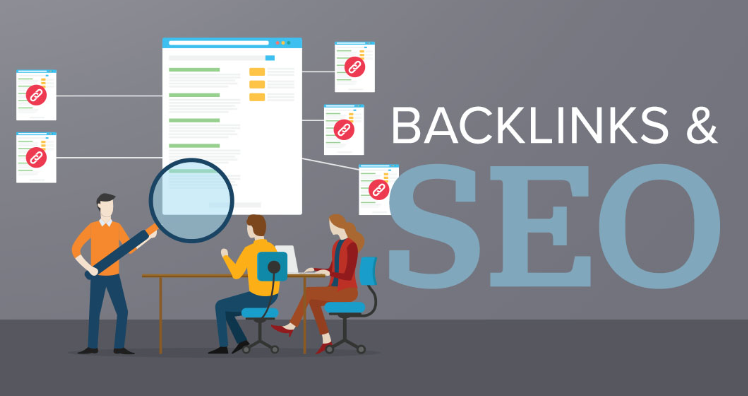
With the exception of rank penalization, the remaining two situations lie beyond your immediate sphere of influence. Acquiring backlinks is considered to be the most expedient strategy for overcoming this predicament.
In essence, incoming links give the opportunity to reach the audiences of the platforms that have established a connection to your website.
A portion of the traffic will be redirected from the domain of the mentioned platform to your own domain. In the future, it is anticipated that people will instinctively turn to your material as one of their primary sources when seeking information.
Citing your service also signifies the explicit endorsement from the platform that provided the connection to your website. If the website from which the source originates is widely recognized and has a strong reputation, it can be highly advantageous.
This is not only because it can drive traffic to your material, but also because it fosters trust among their audiences in the quality of your services.
When potential customers are seeking a service similar to the one you offer, it is desirable that your Software-as-a-Service (SaaS) solution be the foremost choice in their minds. Internal backlinks can also be utilized within the confines of one’s own website.
Building High-Quality Backlinks
The utilization of cross-linking between webpages has shown to be a successful strategy for redirecting traffic among various content pages, hence enhancing the total duration of user engagement on a given domain and reducing the bounce rate.
It is imperative to ensure that the inclusion of these links contributes to the smooth progression of the sales funnel, without compromising the overall quality of the content on each respective page.
When faced with uncertainty, it is advisable to do A/B testing to analyze user behaviour on your domain, comparing scenarios with and without the inclusion of links.
Therefore, the acquisition of high-quality backlinks is considered a crucial component of an effective SEO strategy. Further information on the subject matter can be found in the article titled Building High-Quality Backlinks. The presence of inbound links has the potential to pose a threat to any website. One may incur Google fines and maybe receive a Google Penalty as a consequence.
Please refer to the pertinent article on the subject titled “Google Algorithms Impacting SEO.”
In this discussion, we will address the many categories of links that may result in penalties, strategies for mitigating associated risks, and appropriate actions to take in the event of encountering a nuisance.

These links are an integral part of search engine optimization (SEO) strategies, since they contribute to a website’s credibility and visibility.
An inbound link refers to a hyperlink that originates from a different website and directs users to your resource or its individual pages. Inbound links contribute to the composition of your backlink profile, thus necessitating careful handling.
Based on the findings of the Google Webspam report for the year 2019, it was determined that a substantial number of around 25 billion web pages are identified and marked as spam on a daily basis.
According to the company’s assertion, a substantial majority of the clicks on the links displayed in Google’s search results yield webpages that are devoid of spam content, with a reported rate of 99%. It is recommended to conduct a comprehensive analysis of all backlinks and categorize them based on their quality, whether they are acquired through payment, or whether they are considered spam.
Subsequently, it is necessary to initiate communication with the websites responsible for the dissemination of unsolicited hyperlinks, conveying a formal request for their prompt removal. Please submit a formal reconsideration request to Google in order to initiate the procedure for mitigating the penalty and reinstating the website.
In summary, it is important to note that Scour Web research has revealed that Google penalties are more prevalent and feasible than often perceived. To ensure the successful establishment and growth of your website, it is imperative to engage in auditing, monitoring, and adhering to Google’s guidelines.



